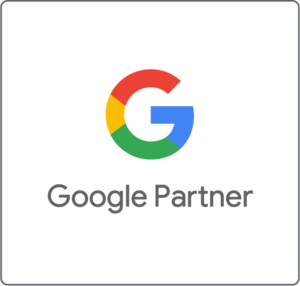In a significant shift, Google has announced that it will be dropping continuous scroll for search results and moving back to displaying 10 organic results per page. This change reverses a feature that had been rolled out to improve user experience by allowing seamless scrolling through search results. The reversion to the classic 10 results per page format is expected to have a profound impact on organic search results and the need for businesses to invest in Google Ads to maintain visibility.
Introduction
If you’re a business owner who relies on Google Ads for your online presence, this Google search update is a game-changer. For a while, continuous scroll made it easier for users to browse through multiple search results without having to click ‘next.’ Now, Google is reverting to its original format of displaying only 10 organic results per page. This change will undoubtedly influence how businesses approach their SEO and advertising strategies. Here’s why this shift is crucial and how it impacts organic search results and Google Ads.
The Impact on Organic Search Results
Decreased Organic Visibility
One of the most immediate impacts of this change is the decreased visibility for websites that are not on the first page of search results. With continuous scroll, users were more likely to see and click on results beyond the first 10. Now, being relegated to the second page or higher means potential organic traffic will drop significantly.
Increased Competition for Top Spots
The fight for those coveted top 10 positions will become fiercer. Businesses will need to work even harder to produce high-quality, SEO-friendly content regularly. This means investing in SEO experts and consistent content updates to stay competitive.
Quality Over Quantity
While quantity has always been a factor in SEO, quality will now take center stage. Google’s algorithm favors sites with valuable and relevant content. Therefore, businesses must prioritize creating engaging blog posts, detailed articles, and informative website content to improve their chances of ranking within the top 10 results.
The Impact on Google Ads
Increased Need for Advertising
With fewer organic results being displayed per page, businesses will find it more challenging to gain visibility through organic search alone. This change will likely push more companies to allocate budgets for Google Ads to ensure they remain visible to potential customers.
Higher Competition and Costs
“As a Google Partner and SEO expert, my firm feels that businesses will need to increase advertising budgets in Google Ads and work with an SEO expert to provide quality blog and website content in order to improve site visibility,” says Nancy McCord, Founder of McCord Web Services. This increased reliance on Google Ads will lead to higher competition for ad placements, potentially driving up the cost-per-click (CPC) for competitive keywords.
Strategic Ad Campaigns
Businesses will need to become more strategic in their ad campaigns, focusing on targeting the right audience and using compelling ad copy to stand out. This also means leveraging all available features of Google Ads, such as ad extensions and A/B testing, to maximize ROI.
Conclusion
The shift back to displaying 10 organic results per page is a significant change that will influence both organic search results and Google Ads strategies. Businesses must adapt by investing in high-quality content and increasing their advertising budgets to maintain visibility. By understanding the implications of this update, business owners can make informed decisions to stay competitive in an increasingly challenging digital landscape.
Stay ahead of the curve and consider working with an SEO expert to optimize your website and a Google Ads consultant to enhance your ad campaigns. This dual approach will help ensure that your business continues to thrive online despite the evolving search engine landscape.





